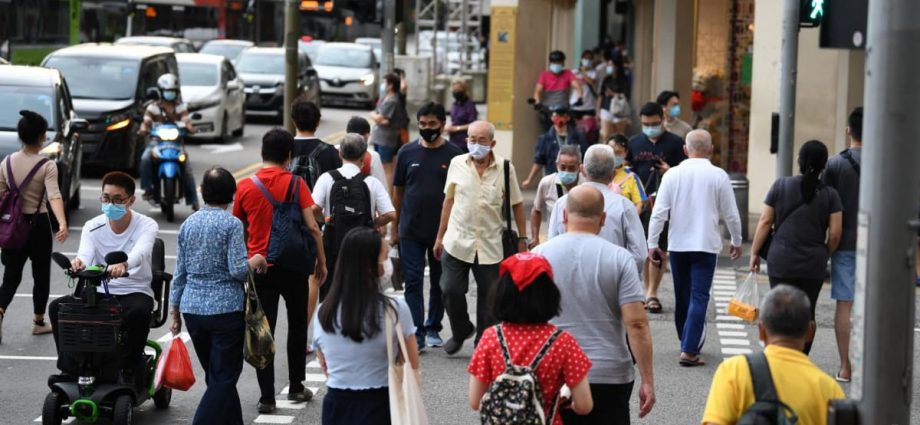
MAS TO TIGHTHEN POLICY FURTHER: ECONOMISTS
Following the data release, private-sector economists said they are keeping their inflation forecasts for 2022 unchanged.
Maybank economists, for example, expect core inflation to come in at 4.2 per cent for the year, while headline inflation to be at 6.2 per cent.
“The wage-price spiral may intensify in the coming quarters, with the progressive wage model expanded to cover food services, waste management, and occupational sectors from Mar 1, 2023,” Dr Chua Hak Bin and Ms Lee Ju Ye wrote in a note.
“Accommodation costs will continue rising with the return of non-resident workers, delay in property completions and possibly higher demand from property sellers going through the 15-month HDB wait-out period,” they added.
RHB senior economist Barnabas Gan is pencilling in 3.8 per cent and 5.8 per cent for core and headline inflation, respectively.
With inflation indicators remaining elevated, economists expect the MAS to further tighten monetary policy at its next policy meeting scheduled for April 2023.
The central bank has thus far tightened monetary policy five times since last October, including two off-cycle moves, to help rein in inflation.
Unlike most central banks that manage monetary policy through the interest rate, it uses the exchange rate as its main policy tool because Singapore is an open economy that depends heavily on trade. This refers to the S$NEER – the exchange rate of the Singapore dollar managed against a trade-weighted undisclosed basket of currencies from Singapore’s major trading partners.
It lets the exchange rate float within an unspecified policy band and changes the slope, width and centre of that band when it wants to adjust the pace of appreciation or depreciation of the Singapore dollar.
Its latest move on Oct 14 entailed a re-centring of the mid-point of the policy band “up to its prevailing level”.
Reasons for the MAS to retain its hawkish tone include how core inflation – a key gauge for the central bank – is set to persist above “the symbolic 2 per cent handle” from now until the first half of next year. This suggests that tighter monetary policy is needed to cushion price pressures, said Mr Gan.
Upside risks to Singapore’s inflation outlook, including unexpected shocks to global commodity prices and more persistent external inflation, remain. In addition, the S$NEER has seen a significant strengthening since the central bank’s latest tightening move.
Noting that the S$NEER has risen to 1 per cent above the midpoint in just over a week, “more appreciation headroom may be needed for a stronger Singapore dollar in response to the current inflation environment”, Mr Gan wrote.
“We think that the MAS will further tighten its monetary policy in April 2023, possibly via a slight steepening of the S$NEER gradient by 0.5 per cent, while leaving the width and the level at which the S$NEER is centred unchanged.”
Maybank economists expect the central bank to go for another re-centring.
“Our model suggests that the S$NEER is currently trading at about 1.1 per cent above the mid-point of the new re-centred band, with room left for further appreciation,” they said.

